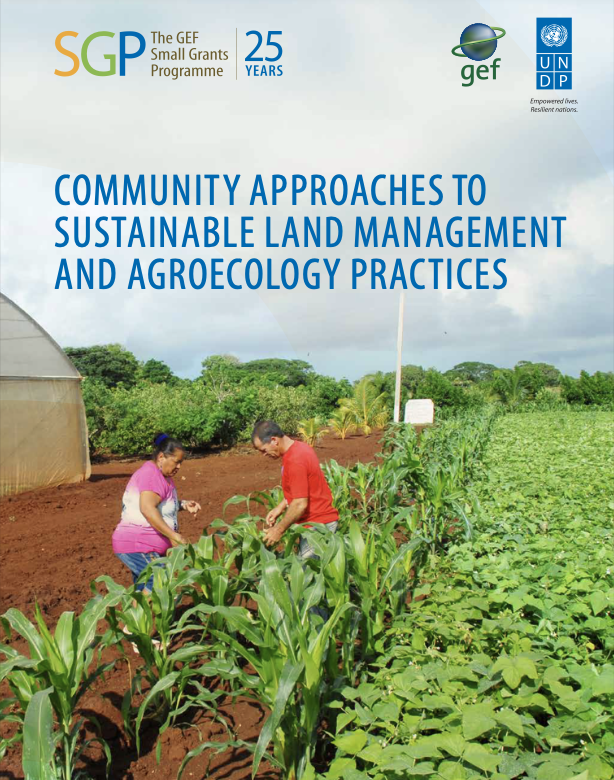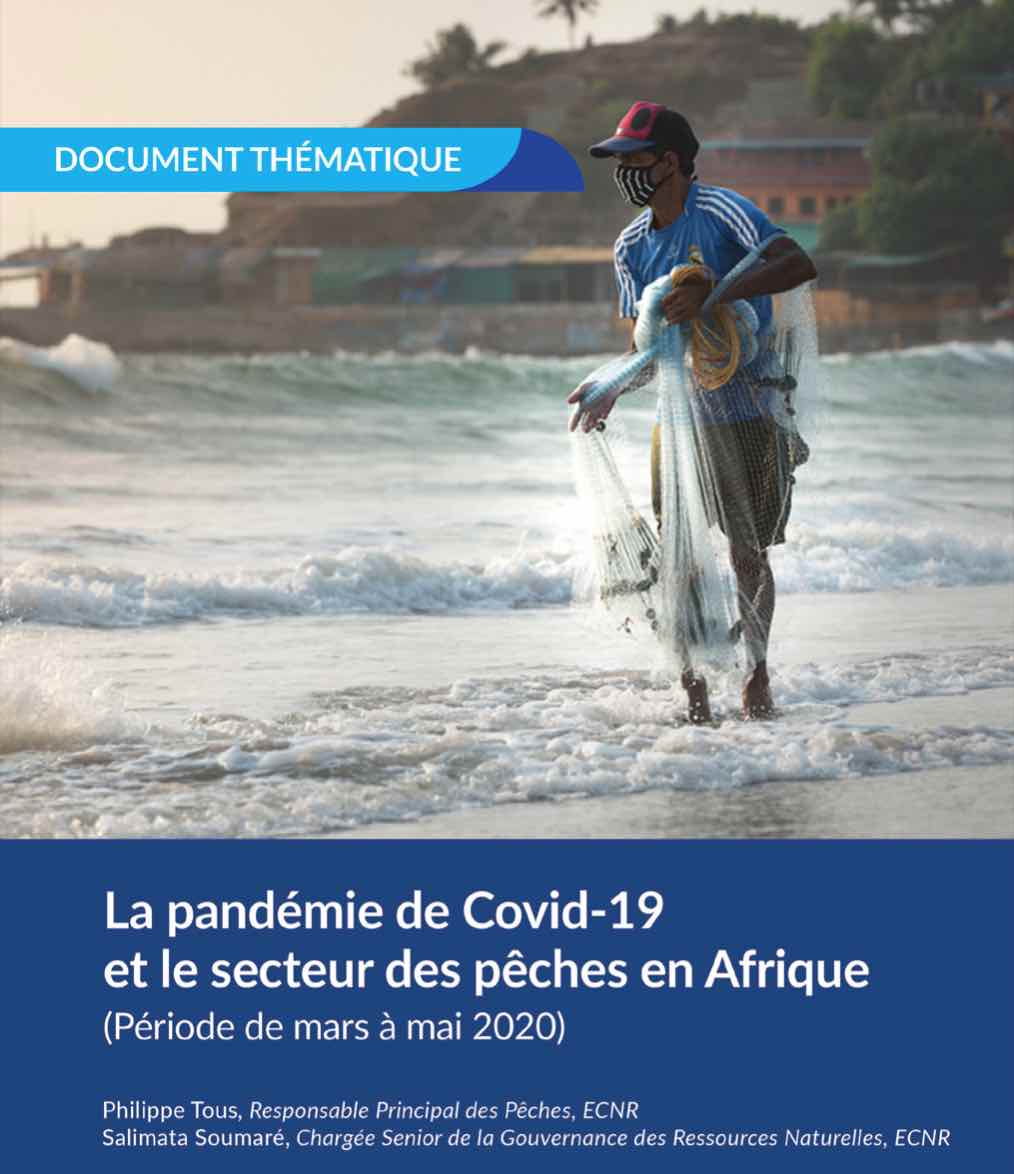“Global Safety Net” to reverse biodiversity loss and stabilize Earth’s climate
Global strategies to halt the dual crises of biodiversity loss and climate change are often formulated separately, even though they are interdependent and risk failure if pursued in isolation. The Global Safety Net maps how expanded nature conservation addresses both overarching threats. We identify 50% of the terrestrial realm that, if conserved, would reverse further biodiversity loss, prevent CO2 emissions from land conversion, and enhance natural carbon removal.




